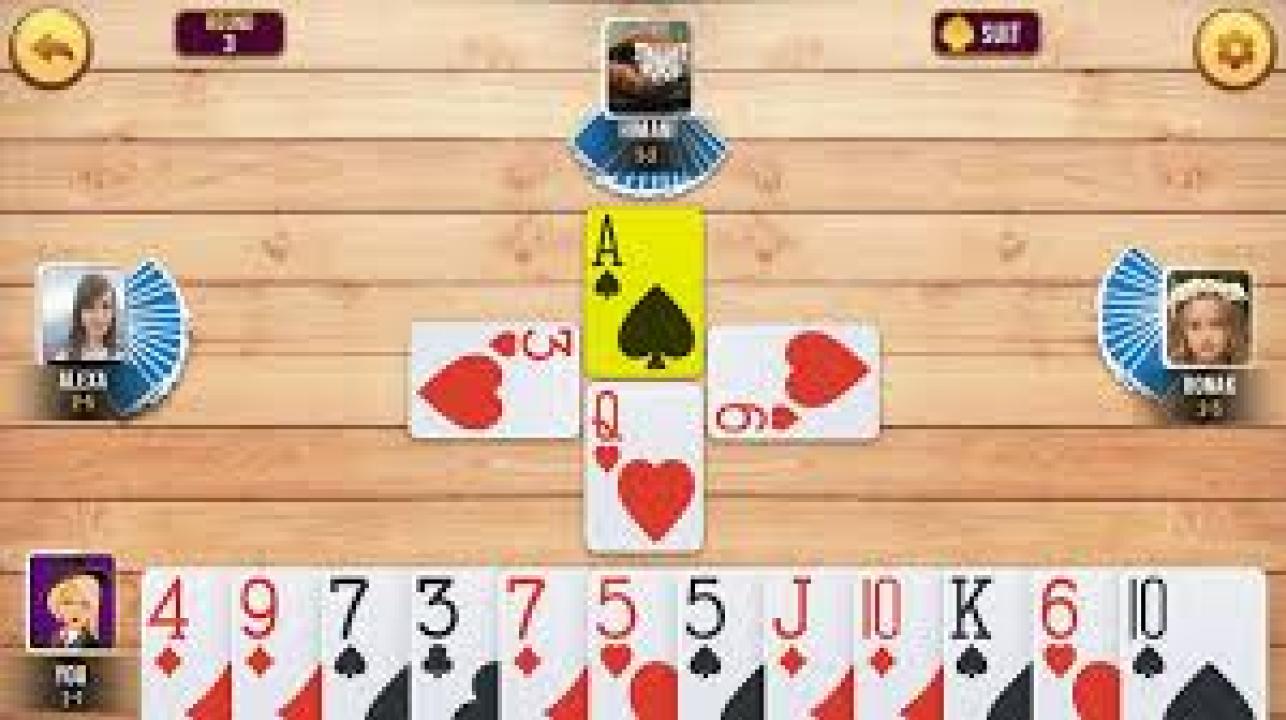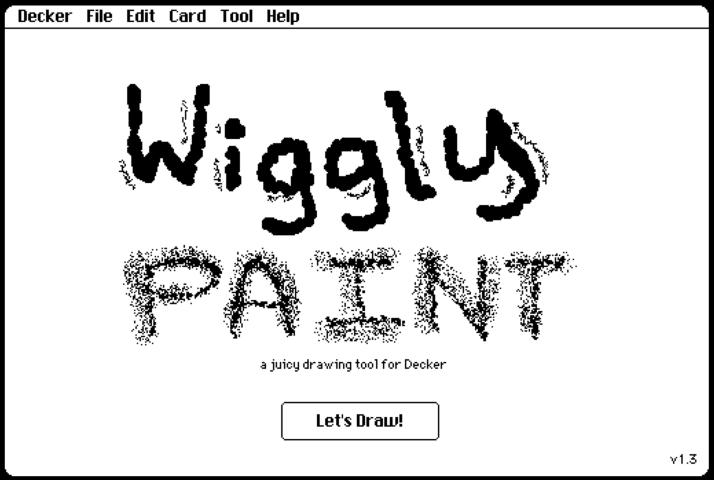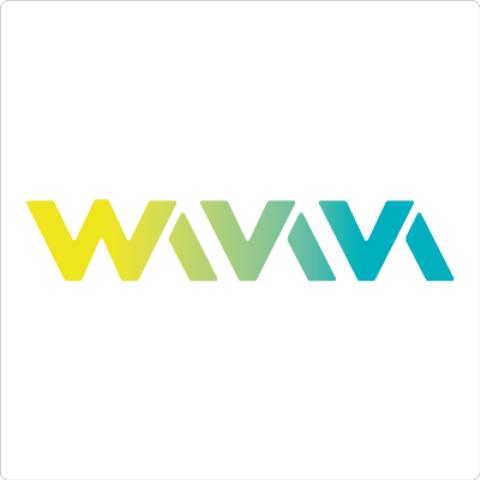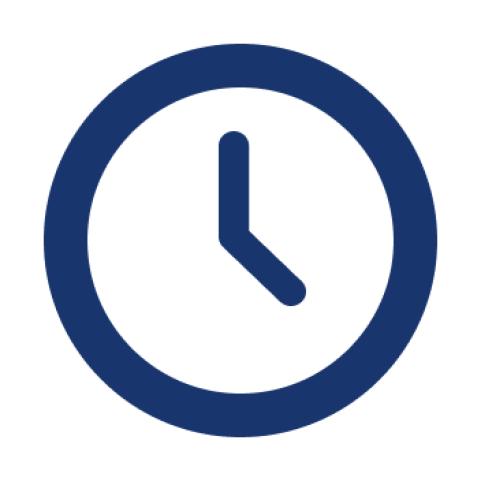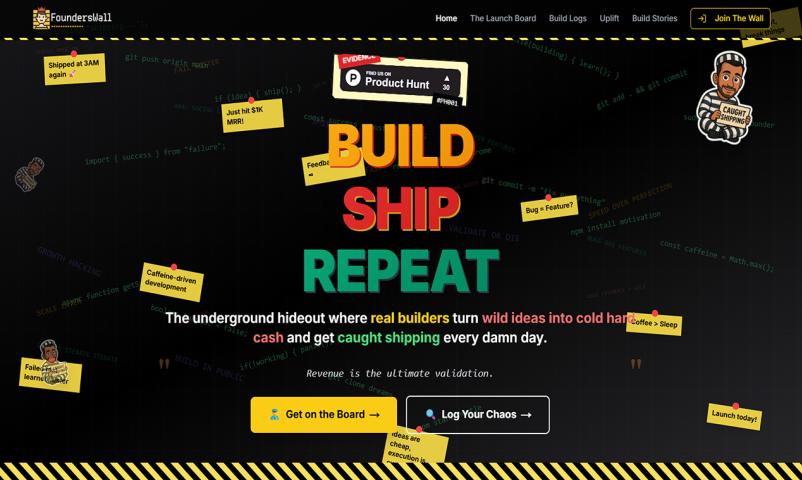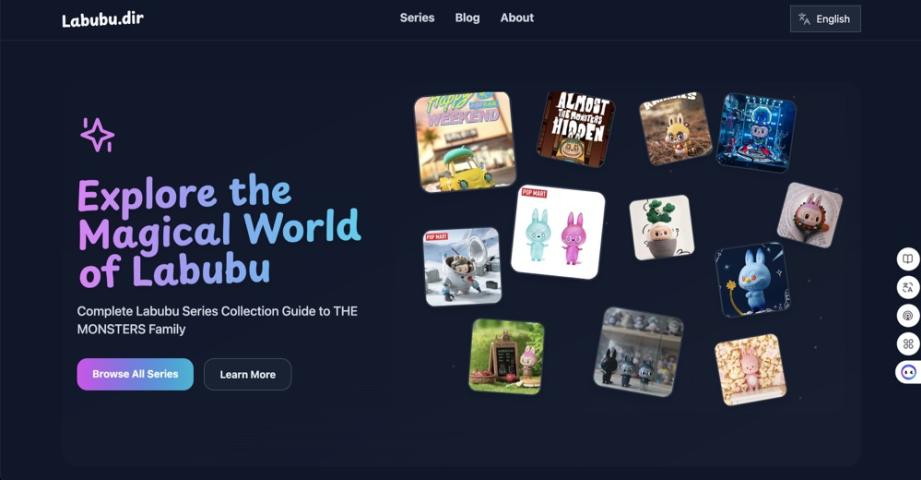The gaming industry has witnessed remarkable growth in recent years, with digital card games gaining immense popularity. From classics like Poker and Rummy to innovative new titles, card games have carved out a niche in the online gaming market. But what does it cost to develop a card game? This comprehensive guide explores all aspects of card game development costs, providing you with a detailed breakdown of expenses, features, and factors influencing the price.
Understanding the Basics of Card Game Development
Card game development involves creating a digital platform where players can enjoy classic or custom-designed card games. Developers use advanced tools and technologies to ensure the game is visually appealing, user-friendly, and feature-rich.
Key Elements in Card Game Development
Game Type: Whether it’s a classic game like Solitaire or a multiplayer game like Poker, the type of game significantly affects development costs.
Platforms: Developing for multiple platforms (iOS, Android, web) increases costs but broadens the user base.
Features: Essential features like multiplayer functionality, real-time updates, and leaderboards add complexity and cost.
Technology Stack: The choice of technologies, such as Unity, Unreal Engine, or HTML5, impacts development expenses.
Breakdown of Card Game Development Costs
The cost of developing a card game depends on various factors, including the features, platform, and complexity. Here’s a detailed breakdown:
1. Platform Selection
Single Platform (iOS or Android): $10,000 – $20,000
Cross-Platform (using tools like Flutter or React Native): $20,000 – $40,000
Web-based Game: $15,000 – $30,000
2. Game Design
UI/UX Design: $3,000 – $8,000
Animations and Visual Effects: $5,000 – $12,000
3. Core Development
Basic Features (e.g., single-player mode, basic graphics): $10,000 – $15,000
Advanced Features (e.g., multiplayer mode, real-time updates): $15,000 – $25,000
Backend Development (server integration, databases): $8,000 – $20,000
4. Testing and Quality Assurance
Bug Fixes and Performance Testing: $3,000 – $7,000
Cross-Platform Compatibility Testing: $4,000 – $8,000
5. Post-Launch Maintenance
Regular Updates and Bug Fixes: $5,000 – $15,000/year
Adding New Features: $2,000 – $10,000 per feature
Factors Influencing Card Game Development Costs
Several factors contribute to the overall cost of developing a card game:
Complexity of Features: Games with advanced features like AI-powered opponents, real-time multiplayer functionality, and AR/VR integration cost more.
Team Composition: The expertise and location of the development team impact hourly rates. For example:
North America/Europe: $50 – $150/hour
Asia (e.g., India): $20 – $50/hour
Design Requirements: Highly detailed graphics and animations require more time and resources, increasing costs.
Development Timeline: Shorter deadlines may require additional resources, driving up expenses.
Essential Features of a Card Game
To attract and retain players, a card game must include certain essential features:
1. Basic Features
User Registration and Login: Integration with email, phone, or social media.
Single-Player Mode: Play against AI opponents.
Multiplayer Mode: Real-time gameplay with other users.
Leaderboards: Track scores and rankings.
Game Lobby: A central hub to create or join matches.
2. Advanced Features
Customizable Themes: Let users personalize the game’s appearance.
Chat Functionality: Enable communication between players.
Real Money Gaming: For regions where online gambling is legal.
AR/VR Integration: Enhance immersion and interactivity.
Blockchain Technology: For secure transactions and unique assets like NFTs.
Development Process of a Card Game
1. Research and Planning
Identify target audiences and market trends.
Define game mechanics, features, and monetization strategies.
2. Design Phase
Create wireframes and prototypes.
Develop high-quality graphics and animations.
3. Development Phase
Code the game’s logic and functionality.
Implement multiplayer and backend systems.
4. Testing Phase
Conduct rigorous QA testing to identify and fix bugs.
Ensure compatibility across platforms and devices.
5. Launch and Maintenance
Publish the game on app stores or the web.
Continuously update the game to improve performance and add features.
Monetization Strategies for Card Games
Monetizing a card game effectively ensures a steady revenue stream. Popular strategies include:
In-App Purchases: Offer virtual coins, themes, and power-ups.
Ads and Sponsorships: Incorporate banner ads, video ads, or sponsored content.
Subscription Models: Provide exclusive benefits for a monthly fee.
Real Money Games: Allow players to wager and win real money, where legal.
Freemium Model: Offer basic gameplay for free and charge for advanced features.
Challenges in Card Game Development
Fair Play: Ensuring randomization algorithms are secure and unbiased.
Scalability: Handling increasing user traffic without compromising performance.
Compliance: Adhering to local laws and regulations, especially for real money gaming.
Player Retention: Keeping players engaged with regular updates and rewards.
Conclusion
The cost of developing a card game can range from $20,000 to over $100,000, depending on its features, complexity, and platform. While the investment may seem significant, a well-developed card game offers substantial revenue potential through monetization strategies like in-app purchases, ads, and real-money gaming.
Partnering with an experienced development team ensures your card game stands out in a competitive market. By carefully planning your budget, features, and marketing strategy, you can create a card game that captivates players and generates long-term success.
